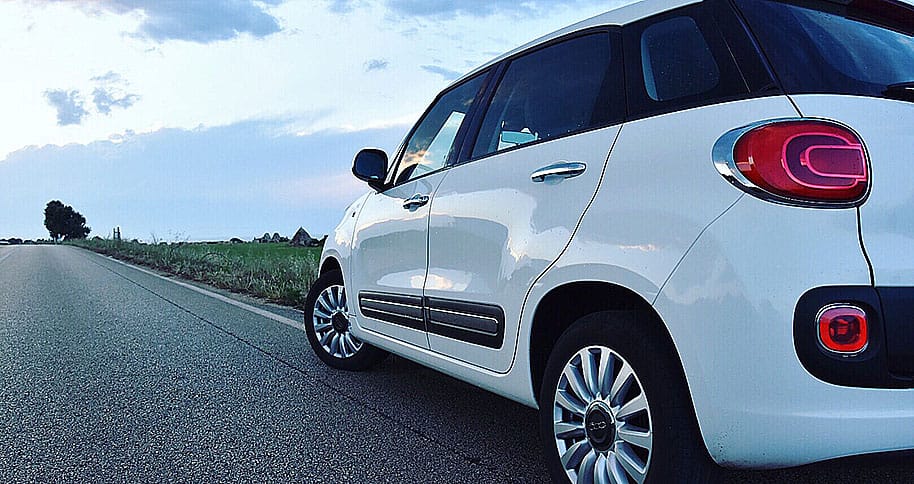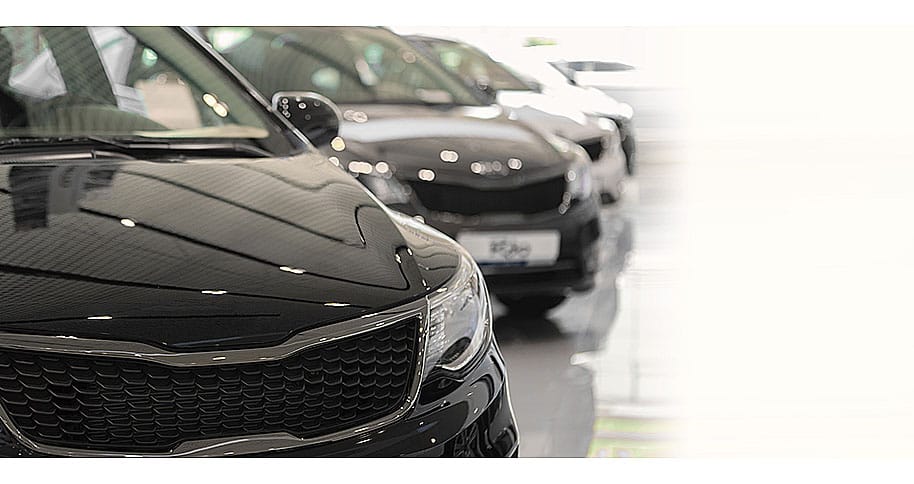There are different types of car window tinting available in the market and ceramic tints are considered the best type of tints. However, before you decide to install ceramic tints on your vehicle’s windows, read the pros and cons of ceramic car window tints.
Pros of Ceramic Auto Windows Tints
UV Protection
The major reason for installing car window tints for most people is UV protection because too much exposure to UV radiation can cause premature skin aging, skin cancer, vision problems, and immune system problems.
Moreover, UV rays from the sun can damage your car’s interior as well. The material on car seats, the dashboard, etc. fades quickly.
You can use regular window tints for blocking UV rays, but if you want the highest level of protection again harmful rays, select ceramic tints.
Keep in mind, sun rays also contain infrared light which is also harmful to your skin and eyes. Ceramic tints are tested to restrict about 50% of infrared rays from penetrating the car through the windows.
Improved Appearance Of The Car
Ceramic tints are glossy and shiny and are one of the most attractive types of window tints. Many people get ceramic tints due to their aesthetic appeal.
No Signal Problems
The use of metal in car tint films interferes with cell phone signals. Some tint films like metallic tints can interrupt wireless signals like cell phones, Wi-Fi, Bluetooth, and radio signals due to the use of metal in them.
It’s worth mentioning that using mobile in a car (for passengers) is common and but if your car window tints are metallic, the use of cell phones in the car won’t be possible in most cases. This is a serious disadvantage of that type of tinting.
On the other hand, ceramic window tint films are made with nanoparticles that are non-conductive. They don’t have metal particles in them. So, they don’t interrupt signals at all.
Some other types of tints like dyed tints don’t have metal in them, but they don’t offer UV protection and many other benefits of ceramic tints.
Reduced Glare
Two types of glare make driving difficult. Sun glare during the day and the glare of the headlights of other vehicles during the night.
Similar to other car window tinting types, ceramic tints also provide glare protection due to the shade and enable you to drive comfortably.
Heat Resistance
We explained earlier that ceramic window tints block 99% of UV rays. Due to this reason, your is protected from heat as well. Your car won’t feel as hot because it will also keep the inside of the car cool. This means you won’t have to keep your car’s air conditioner in higher settings. Ceramic tints ensure a warmer car in the winter months as well.
Privacy
Another benefit of tinting in general is privacy and safety. Tints darken your car’s windows that make it difficult for anyone to peek into the window from a distance.
Ceramic window tints offer safety due to the strong material used in cars. This protects the windows from scratches. Moreover, tinted car windows can be hard to break compared to non-tinted windows.
Cons Of Ceramic Car Window Tints
The Price Tag Of Ceramic Tints
Ceramic auto window tints are costlier than all or most of the tint films in the market. However, these tints provide many benefits that are not provided by most other tint types.
Which Ceramic Tint Percentage Is The Best?
You can select how dark you want your ceramic tints to be by choosing the tint percentage. There are tints from 5% to 90%. A 5% tint film is an almost completely dark tint and doesn’t allow most of the light in the car. On the other hand, the 90% tint percentage is slightly dark and allows most of the light in the car.
When choosing a ceramic tint percentage, make sure you’re following the local tinting laws. There are many states where you can’t get lower than 35% VLT tints.
Conclusion
Ceramic tints have unique benefits and some general benefits that other tint types also have. If you’re looking for the highest-quality tint type, you should consider ceramic tints. Moreover, visit an auto tint shop Springfield for quick and flawless tint installation.


